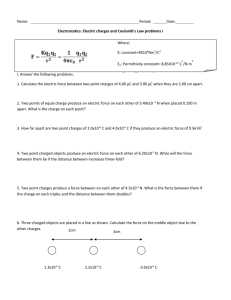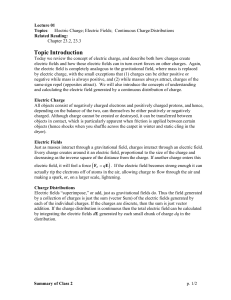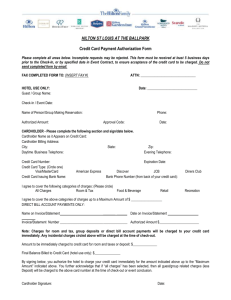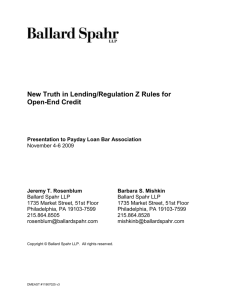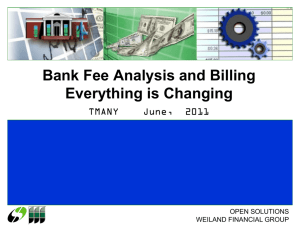open end credit - BetsyMcCall.net
advertisement
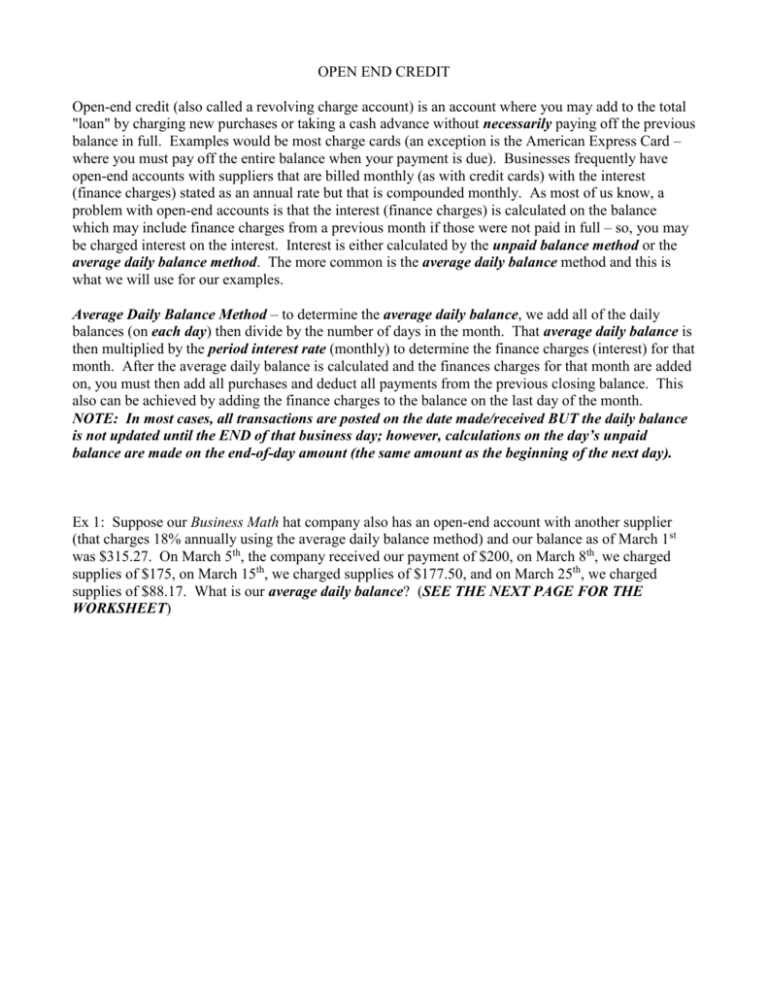
OPEN END CREDIT Open-end credit (also called a revolving charge account) is an account where you may add to the total "loan" by charging new purchases or taking a cash advance without necessarily paying off the previous balance in full. Examples would be most charge cards (an exception is the American Express Card – where you must pay off the entire balance when your payment is due). Businesses frequently have open-end accounts with suppliers that are billed monthly (as with credit cards) with the interest (finance charges) stated as an annual rate but that is compounded monthly. As most of us know, a problem with open-end accounts is that the interest (finance charges) is calculated on the balance which may include finance charges from a previous month if those were not paid in full – so, you may be charged interest on the interest. Interest is either calculated by the unpaid balance method or the average daily balance method. The more common is the average daily balance method and this is what we will use for our examples. Average Daily Balance Method – to determine the average daily balance, we add all of the daily balances (on each day) then divide by the number of days in the month. That average daily balance is then multiplied by the period interest rate (monthly) to determine the finance charges (interest) for that month. After the average daily balance is calculated and the finances charges for that month are added on, you must then add all purchases and deduct all payments from the previous closing balance. This also can be achieved by adding the finance charges to the balance on the last day of the month. NOTE: In most cases, all transactions are posted on the date made/received BUT the daily balance is not updated until the END of that business day; however, calculations on the day’s unpaid balance are made on the end-of-day amount (the same amount as the beginning of the next day). Ex 1: Suppose our Business Math hat company also has an open-end account with another supplier (that charges 18% annually using the average daily balance method) and our balance as of March 1st was $315.27. On March 5th, the company received our payment of $200, on March 8th, we charged supplies of $175, on March 15th, we charged supplies of $177.50, and on March 25th, we charged supplies of $88.17. What is our average daily balance? (SEE THE NEXT PAGE FOR THE WORKSHEET) Balance Balance Balance March 1st March 11th March 21st March 2nd March 12th March 22nd March 3rd March 13th March 23rd March 4th March 14th March 24th March 5th March 15th March 25th March 6th March 16th March 26th March 7th March 17th March 27th March 8th March 18th March 28th March 9th March 19th March 29th March 10th March 20th March 30th March 31st ____________________________________________________________________________ Total of all balances: Average Daily Balance = Total of all balances 31 Could we do it more efficiently than adding all 31 balances? What are the finance charges? What is the balance on April 1st? Ex 2: Suppose we owe $500 on a credit card that charges 18% APR. You plan to make a $50.00 payment each month and not charge anything new until the balance is paid off. Use the following table to calculate your payoff for this account: Month 1 Balance Payment Balance Int Rate/Mo. 2 3 4 5 6 7 8 9 10 11 12 Total Interest: Interest New Bal. Ex 3: Suppose we owe receive a new credit card promotion offering 2% APR for the first six months with transfer charges of 4% of the balance. After 6 months, the fine print says the APR climbs to 22%. Assume you transfer the $500.00 balance to the new card and continue to make the $50.00 payment without adding anything new. Use the following table to calculate your payoff for this account: Month 1 Balance Payment Balance Int Rate/Mo. 2 3 4 5 6 7 8 9 10 11 12 Total Interest: Interest New Bal.


